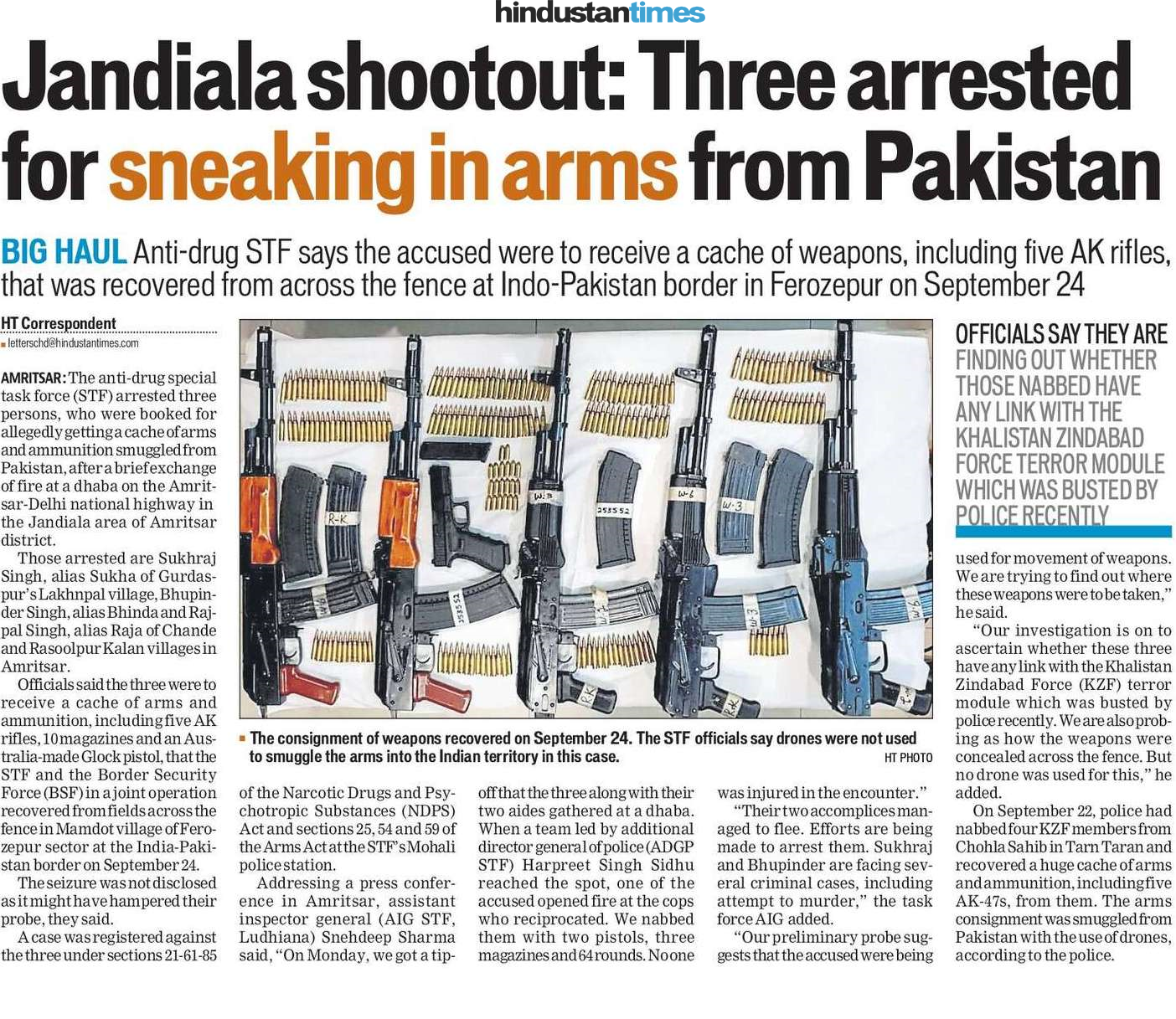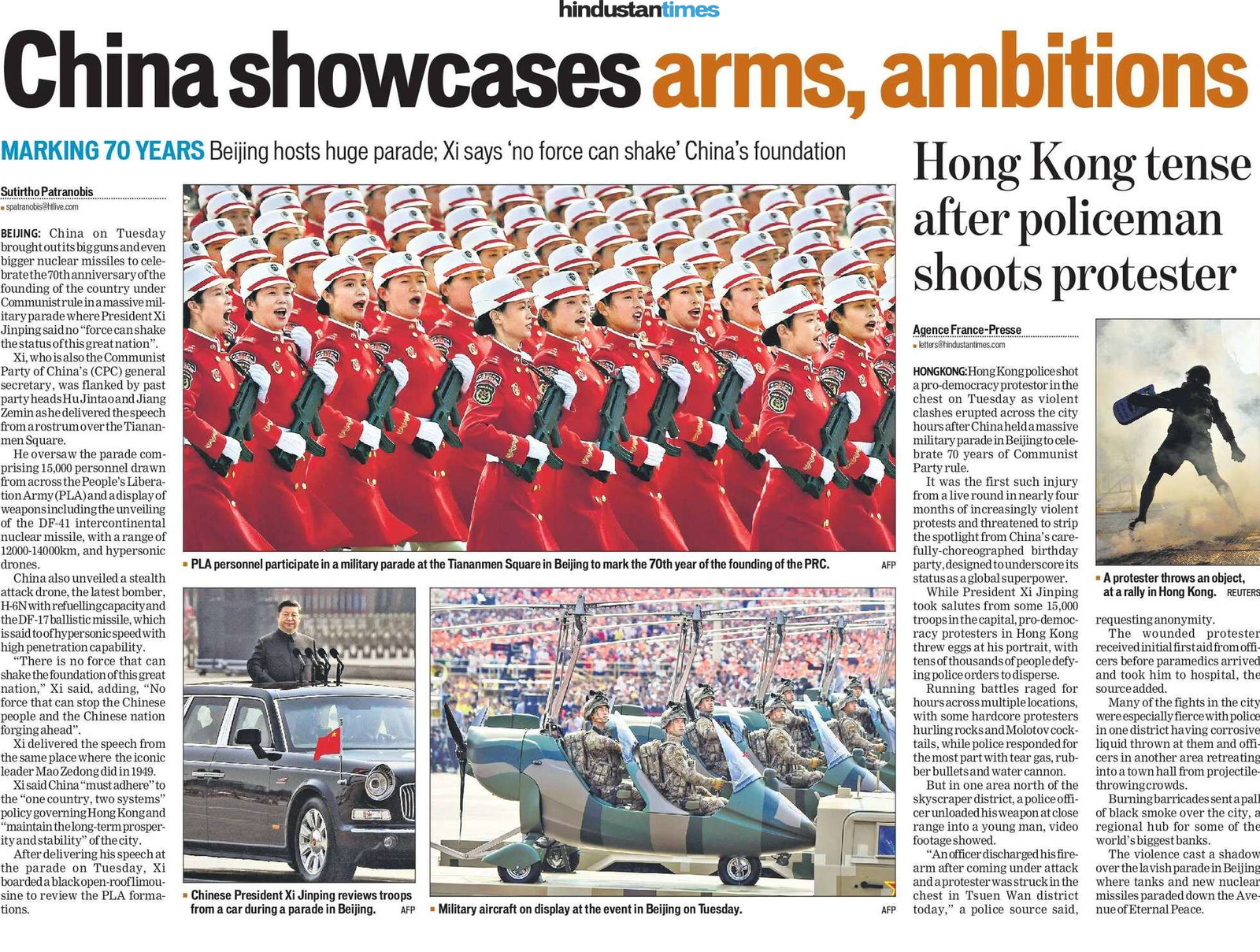The purpose of the recent visit of General Xu Qiliang, Vice-Chairman of China’s Central Military Commission, to Pakistan was to convey Xi Jinping’s support for Pakistan’s core concern (Kashmir). Xu’s meetings with top political and military leadership are reflective of the close bond between Pakistan and China since the declaration of 2013 Economic Corridor.
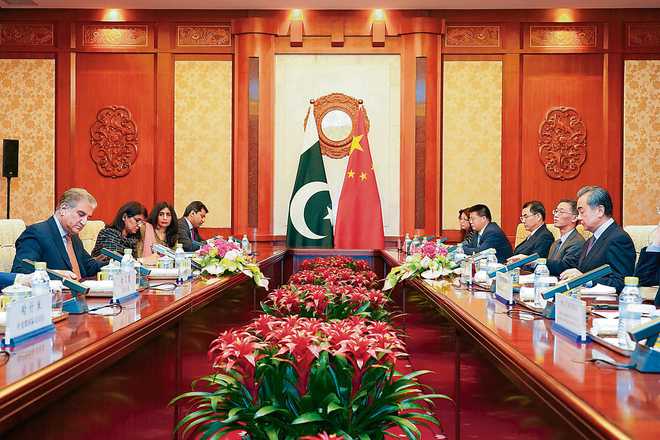
Collusive front: India faces a realistic threat from Pakistan military supported by Chinese PLA’s capabilities.
Pravin Sawhney
Strategic Affairs Expert
Writing in the New York Times, Pakistan Prime Minister Imran Khan has demanded that India abrogate the J&K Reorganisation Act 2019 which comes into effect on October 31. Not doing so could lead to conflict. What could be the basis of his temerity? Not the support of his army chief, General Qamar Javed Bajwa, or the latter’s assessment of India’s unpreparedness for war.
Khan’s confidence comes from the recent visit of the Vice-Chairman of China’s Central Military Commission (CMC), General Xu Qiliang, who led a powerful delegation comprising all wings of the People’s Liberation Army (PLA) to Pakistan two days before Khan’s ultimatum on Kashmir. How seriously should Xu’s Pakistan visit be taken, especially when Khan’s demand, sounding outlandish, got little credence in India?
Xu, as number two to Chairman, CMC, Xi Jinping, and his confidant (their association goes back a long way when they worked in the Fujian province), runs the PLA. Serving his third term as a CMC member, Xu, as deputy secretary of the CMC’s ‘reform leading group’, was responsible for the PLA’s 2015 military reforms which spurred the US to focus — after 16 years of counter-terror operations — on state-on-state wars. As the first PLA Air Force (PLAAF) head to be appointed to the CMC, Xu is responsible for the Shaheen series of annual air forces’ exercise between the PLAAF and Pakistan Air Force in north Ladakh. Coincidently, Shaheen-VII — with the purpose of building interoperability (ability to fight together on common missions) — was being conducted in the Chinese city of Holton, 300 km north of Leh, with PAF fighters taking off from Skardu in Gilgit-Baltistan, during Xu’s visit to Pakistan.
The Shaheen series started soon after December 2010 when on the eve of Chinese Premier Wen Jiabao’s visit to India, Beijing announced that its border with India was a mere 2,000 km (India insists it is 3,488 km). China excluded Ladakh. Incidentally, north Ladakh, with poor and mostly non-existent infrastructure, is a serious vulnerability of the Indian military.
Xu’s Pakistan visit, given the timing, had two purposes. The first was to convey Xi’s full support for Pakistan’s core concern (Kashmir). Xu came to tell Pakistan that Kashmir would be Xi’s topmost agenda point when he meets Prime Minister Narendra Modi on October 11 at Mahabalipuram to take the Wuhan understanding forward. The meeting would be three weeks before the Kashmir Act comes into effect.
Xu met Pakistan President Arif Alvi, Prime Minister Imran Khan, the Chairman of the Joint Chiefs of Staff Committee, Gen Zubair Mahmood Hayat, Chief of Army Staff, Gen Qamar Javed Bajwa, Chief of Naval Staff, Admiral Zafar Mahmood Abbasi, and Chief of Air Staff, Air Chief Marshal Mujahid Anwar Khan. Meeting the top political and military leadership individually is unprecedented and is reflective of the close bond between Pakistan and China since the declaration of the 2013 China Pakistan Economic Corridor.
The other purpose of Xu’s visit was to sign 10 memoranda of understanding for the Pakistan military’s capacity building. With PLA support for capacity (war material) and capability (interoperability) building with Pakistan, the realistic threat facing India is neither one front (Pakistan) nor two fronts (Pakistan and China), but a collusive front — Pakistan military supported by PLA’s non-kinetic capabilities comprising cyber, electronic and space warfare.
The PLA could disrupt or debilitate India’s power and telecommunication grids and satellite communications —most of which use Chinese components as they are inexpensive — with its impressive cyber offensive capabilities and throw normal life completely out of gear. India is not prepared for this eventuality. Or a few PLA contingents could cross the Line of Actual Control, as they did in Depsang in 2013, and simply sit there, with hot food and logistics being provided by its rear. Evicting them physically would mean war; not doing so would amount to national humiliation.
China does not need to go to war with India since its military coercion (given the huge disparity in military powers) is enough to meet its objectives. A top Chinese objective during Xi’s visit could be restoration of status quo — what Khan is demanding — in Kashmir. Chinese Foreign Minister Wang Yi had, while meeting his Pakistani counterpart Shah Mahmood Qureshi on August 9 in Beijing, said, “China believes that unilateral actions (by India) that will complicate the situation should not be taken.” China has expressed its displeasure both at the revocation of Articles 370 and 35A, and the creation of two union territories.
Why a strong Chinese reaction was not anticipated and taken into account by Delhi is difficult to understand. Perhaps, the Modi government, believing in its own invincibility and of the armed forces, had felt that the passage of the Kashmir Bill through Parliament would be enough to make momentous changes. Moreover, China, given its numerous distractions, like the US trade war, Hong Kong, One Belt One Road etc, would, like earlier times, pay lip service to Pakistan. Also, China would not jeopardise its nearly $90-billion annual trade with India. Furthermore, once other major powers accept India’s position, China would, in its wisdom, keep quiet.
The coming second Wuhan informal summit is likely to prove India’s assessment (if one was done) wrong. On May 5, 2017, in a talk at the United Services Institution of India — Indian military’s think tank — Chinese ambassador in India Luo Zhaohui, while commenting on the Wuhan Summit (where he was present), mentioned the possibility of a trilateral China-India-Pakistan summit, some time in the future in passing. Perhaps, the future has come early.
Xi is likely to tell India that status quo must be maintained on Kashmir (in effect, asking India to reverse the move on Kashmir) so that bilateral talks between India and Pakistan could start. Whether Modi would be able to ignore Xi’s demand needs to be seen.
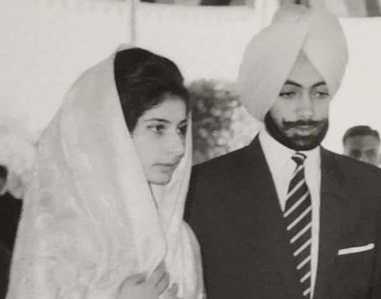























































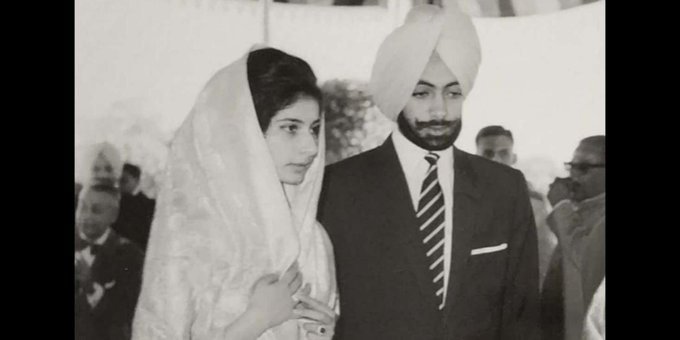
/arc-anglerfish-arc2-prod-mco.s3.amazonaws.com/public/2XF2WN5OO5DW5IKNANUQ4MWOIM.jpg)
